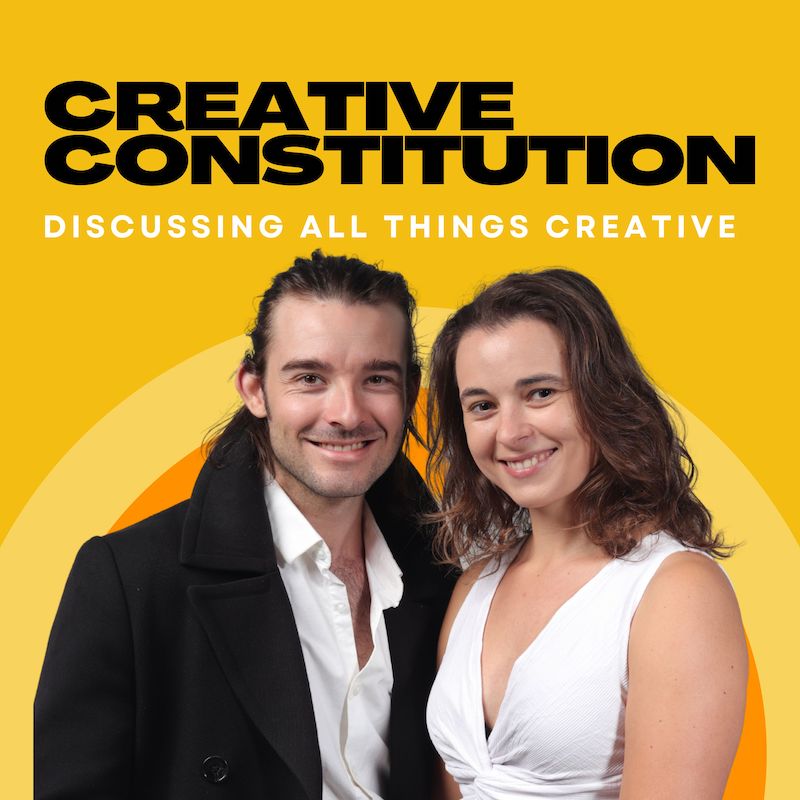The Art of Crafting Tense and Suspenseful Narratives
Enhancing your cinematic narrative with tension and suspense is akin to adding a secret sauce that transforms a mild story into a captivating, edge-of-the-seat experience. This valuable skill should be mastered by early-stage filmmakers. Tension and suspense serve as magical tools for entrancing viewers and creating an unforgettable cinematic journey.
Decoding Tension and Suspense
Tension brews from a sense of heightened anticipation—when your audience is aware that something will transpire, but uncertain as to what or when. Suspense, conversely, is the creation of doubt or unease in the viewers’ minds, that makes them long for the resolution of the story’s conflict or key mystery.
Developing Characters that Stir up Emotions
The birthplace of tension and suspense often lies dormant in character development. Audiences are more likely to engage actively if they emotionally connect with the characters. Molding complex and relatable characters with clear objectives can make viewers more invested.
Identifying Stakes
The stakes define the consequences of the protagonist failing their task. Establish stakes of significant scale to make viewers understand the importance of their success or the dread of failure. High stakes can ratchet up tension and suspense, as the potential losses are greater.
Using Conflict to Heighten Tension
Conflict functions as the lifeblood of storytelling. As characters tackle challenges, tension naturally amasses. The origins of conflict can be external or internal, but either way, the ensuing tug-of-war keeps your audience gripped.
Regulating the Pace of the Story
The story’s pacing can markedly influence tension and suspense. While a fast pace propels adrenaline, a leisurely pace allows viewers to simmer in their anticipation. Balancing both can create a rhythmic pattern in your film that sustains interest.
Timing is of the Essence
Timing is seminal in building suspense. Strategic revelation of plot points can keep the audience guessing. Prolonging moments just before a turning point can step up suspense, as viewers wait with bated breath for the next twist.
Maximizing Camera Techniques
Cinematography holds a significant role in escalating tension. Close-up shots amplify a sense of confinement or scrutiny, whereas long-distance shots emphasize desolation. Adjusting shot angles, the camera’s movement, and focus can maneuver the audience’s emotions, inducing feelings of anxiety or tension.
The Power of Audio in Generating Suspense
Sound is a potent tool that can heighten suspense. The absence of sound can resonate just as powerfully as an intense score, and a sudden shift in the audio landscape can alert viewers about a narrative change. A well-crafted sound design can completely engross your audience in the tale you’re weaving.
Effectively Using the Setting
The backdrop can significantly enhance tension. A suffocating space can make characters and viewers feel entrapped, while a widespread, untouched environment can evoke vulnerability. The setting should mirror the characters’ internal state and amplify tension.
The Element of Surprise
Predictability can dampen suspense. Plant unexpected turns of events to keep your audience guessing and re-evaluating their understanding of the story’s direction. However, any sudden twists should be logical within your plot and character development to avoid disconnect.
Immersing Viewers with Perspective
Telling parts of your story through a character’s perspective can immerse the viewer right into the action. This can induce a real sense of tension and fear as viewers experience the events through the character’s eyes.
Show, Don’t Tell
The age-old dictum of ‘show, don’t tell’ holds true for building tension and suspense. Visual storytelling tends to be more effective and maintains tension better than written explanations.
Power of Dialogue
Dialogue can effectively escalate suspense. Rapid, concise lines can quicken an exchange and build intensity. In contrast, prolonged dialogue in crucial moments can enhance weight and anxiety, especially when there’s a latent meaning or threat.
The Importance of Subtext
What remains unsaid can often pack more tension than what’s spoken. Subtext—the hidden significance beneath the dialogue—can multiply tension. The viewer is bound to read between the lines, sensing the encrypted emotions, secrets, or falsehoods.
Providing Hints and Clues
Planting suggestive clues about upcoming events can escalate suspense. This technique, known as foreshadowing, allows the audience to piece together elements and anticipate possible results. However, avoid blatant foreshadowing, as it can strip away the element of surprise.
Valuable Lessons from Renowned Filmmakers
Studying films known for their suspenseful storytelling can be immensely informative. Paying attention to how each shot contributes to building tension can provide many lessons.
In Conclusion
Building tension and suspense calls for a careful balancing act of various narrative elements, from character development to pacing and cinematography. Every tool at your disposal can contribute to keeping your audience emotionally invested and on tenterhooks. Remember, crafting a suspense-filled narrative is a creative endeavour, influenced by the nature of your unique story. Successful suspense films seamlessly blend all these elements to maintain a tense atmosphere that continues to resonate with viewers long after the movie ends.

